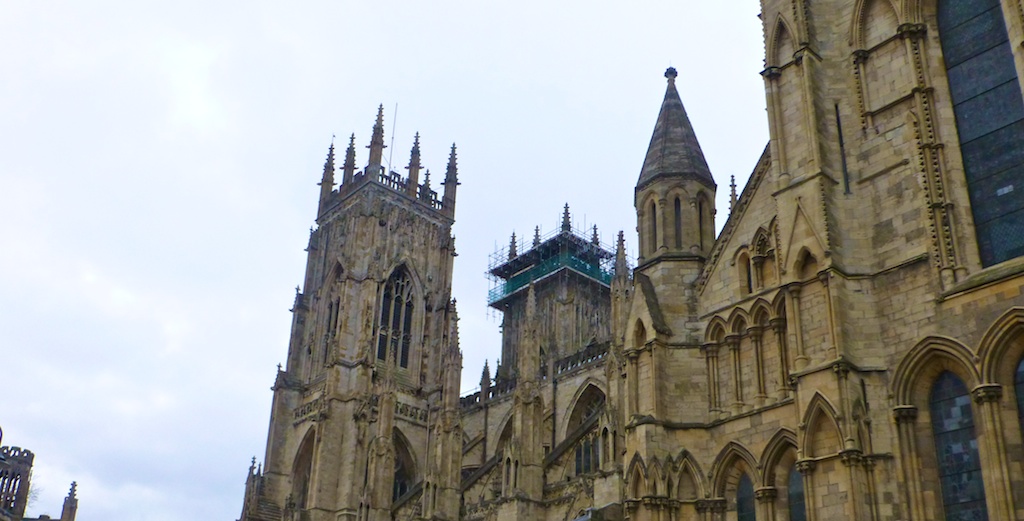
York Minster cathedral church is one of Europe’s finest medieval buildings and the oldest Gothic cathedral in northern Europe. Beneath it lie the Roman ruins of the Basilica, the ceremonial centre of the Roman fortress in York. The ‘minster’ (a title given to Anglo Saxon churches, known as missionary churches) is the seat of the Archbishop of York, the 2nd highest office in the Church of England.
The first church on this site was built in 627, a hurriedly put together wooden structure. The first stone building was completed in 637 and dedicated to St Peter, which the minster is also known as. The attached school and library were established, by the 8th century they were some of the most substantial in Northern Europe. The church was ransacked by the Norman Conquest in 1069 and replaced by a Norman Cathedral. The present Gothic style church took over 250 years to build, 1220-1427, built of local magnesian limestone from nearby Tadcaster and build to rival Canterbury. Work continued until 1472, when it was declared complete and finally consecrated.
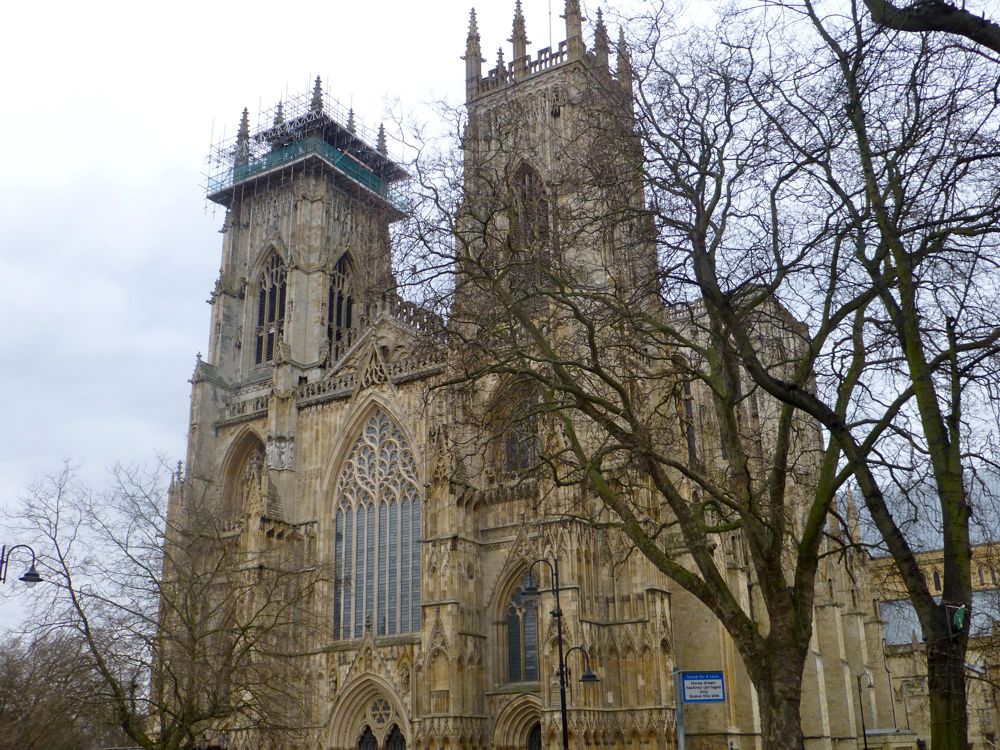
During the English reformation there was much looting and destruction, which continued until the English Civil War, 1644. Although it suffered relatively little damage after then, its marble floor was re-laid in 1730-1736 and it went through various periods of decline and preservation throughout the following centuries.
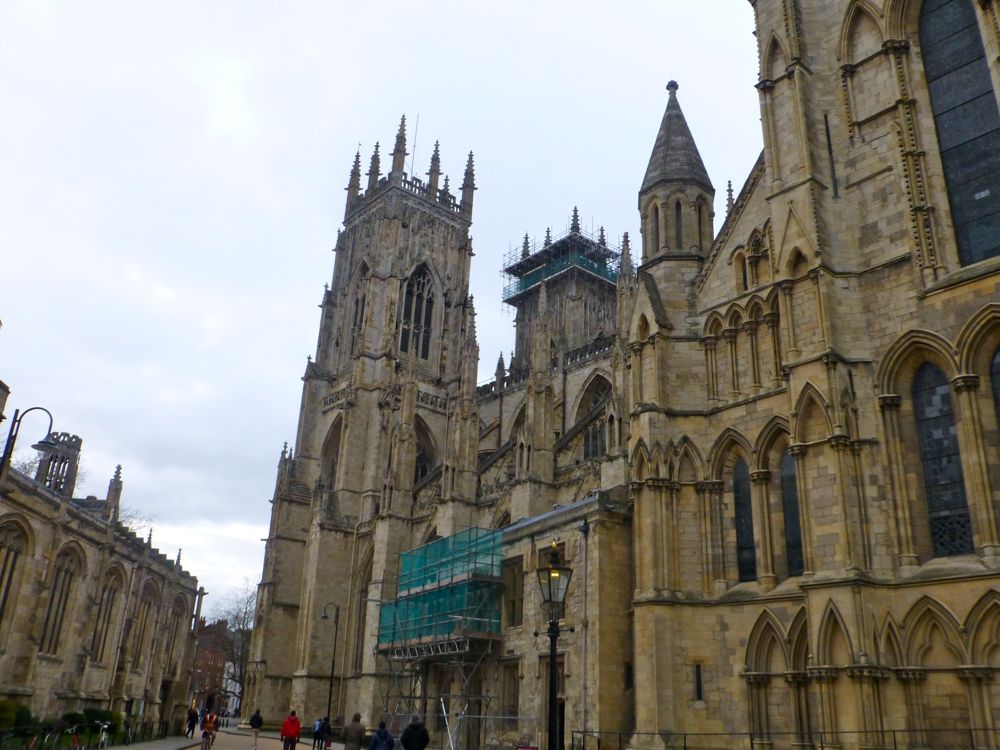
Inside the Minster


More recently, in 2007, extensive renovations took place, especially on the Great East Window, which is the largest piece of medieval stained glass in the world. York has a long tradition of creating beautiful stained glass, the glass mostly came from Germany and on arrival in York it was carefully painted, fired and glazed together with strips of led.

The cathedral is currently undergoing a massive conservation project, due to be completed in 2015–16, skilled craftsmen and stonemasons working to maintain this magnificent structure.


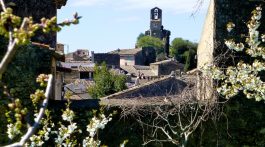

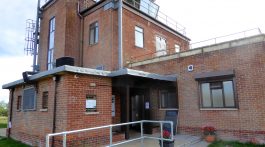

No Comment